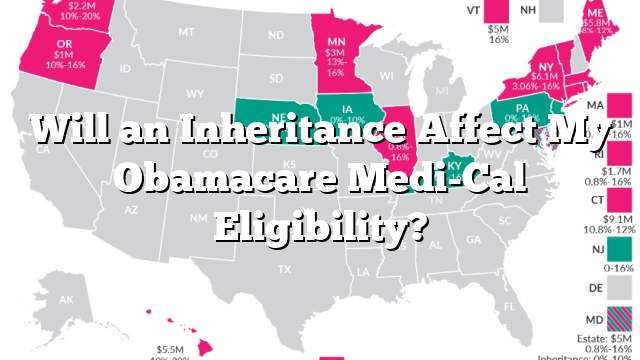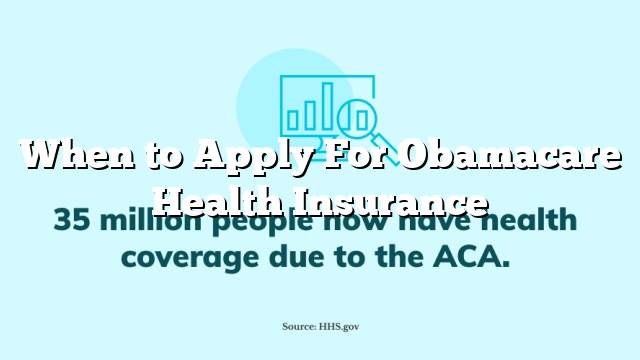
Obamacare, also known as the Affordable Care Act (ACA), is a groundbreaking law that expands access to health insurance and helps control costs. It offers private health coverage through online marketplaces called exchanges and often provides subsidies to help pay your premiums.
Additionally, it urges states to expand their Medicaid programs in order to cover more low-income people and sets strict regulations for health insurers that prevent them from turning away sick or expensive clients.
Health insurance
Obamacare (or the Affordable Care Act) was a landmark health insurance reform law passed in 2010. Its purpose is to guarantee more Americans access affordable, high-quality healthcare coverage.
This law safeguards individuals with pre-existing conditions and prohibits insurers from charging higher rates based on gender or health status. Furthermore, it prohibits annual caps on essential health benefits and requires state rate reviews of insurance premium increases.
The health law also offers subsidies to low-income individuals to help them afford coverage. These can be found through various state and federal exchanges. Those earning less than 400% of the federal poverty level qualify for premium subsidies.
Subsidies
ACA subsidies help lower your monthly premium payments for health insurance plans through the exchange or marketplace. They come in four plan levels (bronze, silver, gold and platinum).
Cost-sharing subsidies, also known as cost-share rebates, can reduce the amount you pay out-of-pocket for medical care. While these are distinct from the premium tax credit, they can be combined to reduce out-of-pocket expenses and make health insurance more accessible.
To be eligible for a subsidy, your household income must fall below 400% of the federal poverty level. This is the average national income for families with two or more people.
Subsidies are calculated based on an estimate of your income, and the amount you receive depends on whether or not that number is exceeded. If so, you may have to repay some or all of the excess subsidy money when filing taxes.
During open enrollment, you can apply for your Affordable Care Act subsidies through either government-based or state-specific marketplaces. To do this, you must estimate your income beforehand and submit a form verifying it.
Tax penalty
The Affordable Care Act (ACA) introduced the individual mandate, which required all Americans to have health insurance or pay a tax penalty. Although this provision proved controversial, it ultimately helped expand coverage and lower premiums for many Americans.
The fine is determined by how many months you were uninsured, and is either a flat fee or 2.5% of your income above a filing threshold. It’s limited to the average cost of a Bronze plan sold through the ACA Marketplace in 2018, which was $3,396 for individuals and $16,980 for families.
There are a few exceptions to the penalty, such as having a preexisting condition or other health issue that would make purchasing an insurance policy more costly. Furthermore, penalties are suspended for certain limited-benefit policies (like tuberculosis, pregnancy, or emergency medical care) that provide limited benefits.
Qualifying life event
A qualifying life event is an alteration in your circumstance that makes you eligible to purchase health insurance outside the yearly open enrollment period. Examples include having a baby, losing your existing coverage, or changing marital status.
When a qualifying life event occurs, you can change or enroll in a new health plan up to 60 days after the event. This is especially useful if you lose your current coverage and don’t want to wait until open enrollment to sign up for another plan.
Within 60 days of a qualifying life event, you can submit your request for coverage election change online through the Benefitsolver portal. In order to complete this process successfully, please ensure you provide all required forms and documentation related to the event.
Other qualifying events include adding or dropping dependents from your coverage and changing residence. For a comprehensive list of life events that qualify and how to make changes, refer to the General Information Book.






